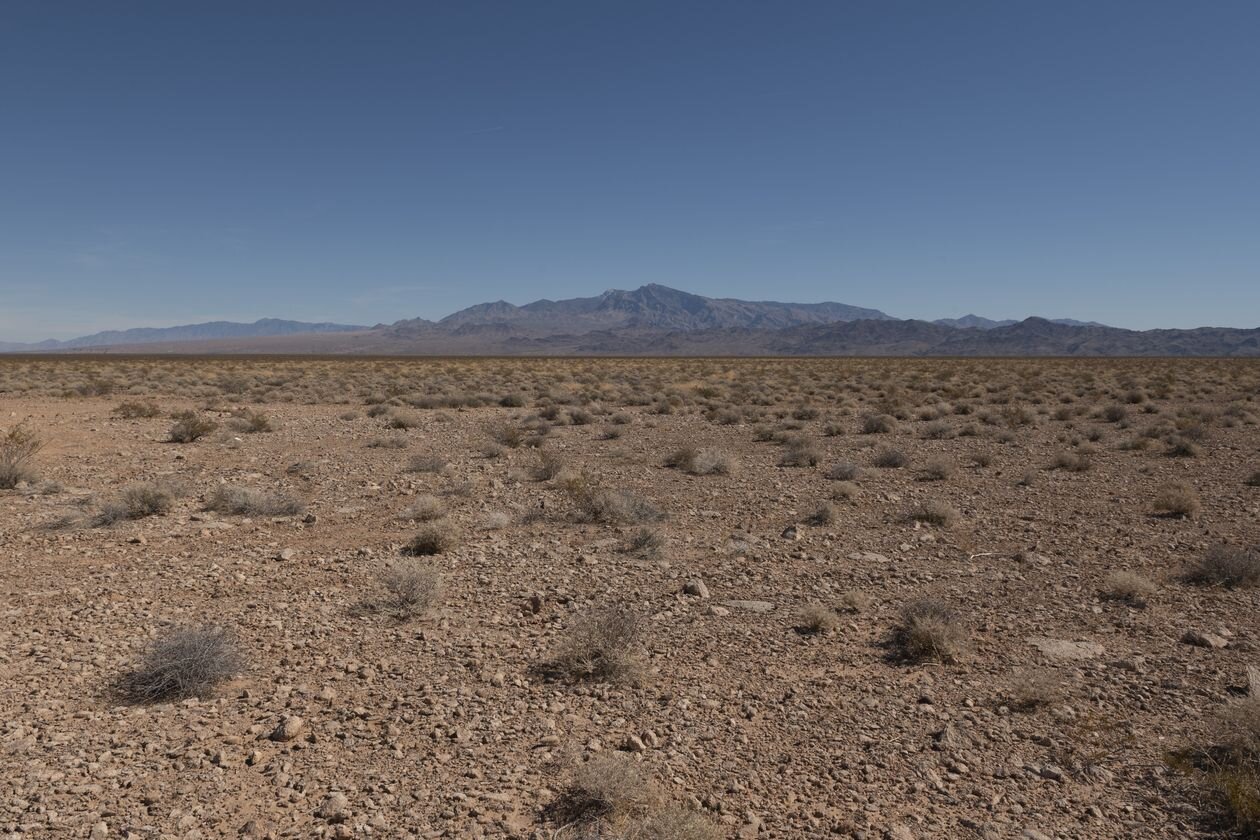Francis Menton
manhattancontrarian.com
It’s easy to get discouraged about the “climate” scare, otherwise known as the socialist takeover of everything under the cover story of a faux moral crusade to “save the planet.” Sometimes it seems that all you can hear are preening politicians and academics and journalists and “scientists” shouting about the immediate “existential crisis” that requires the prompt end of fossil fuels and that your energy use (but not theirs) must be severely restricted.
Just today, UN Secretary-General António Guterres issued a statement warning that the next ten years are our “final chance” to avert a “climate catastrophe”:
We are rapidly reaching the point of no return for the planet. We face a triple environmental emergency — biodiversity loss, climate disruption and escalating pollution. . . . Science tells us these next 10 years are our final chance to avert a climate catastrophe. . . .
The few people pushing back get shouted down and drowned out. How could this possibly end well?
When I discuss this subject with my climate sceptic friends, most are amazed that I remain an optimist. But good reasons are on my side. While we realists may not have the megaphone at the moment, I am very confident that energy realism will ultimately win out, and much sooner than you might think. The reasons are simple: the magical “renewables” don’t work and are ridiculously expensive. And when the people figure this out, as they inevitably will, the anti-fossil-fuel jihad can quickly turn toxic for the left.
As background, recall a story from my own New York State that I covered a little over a year ago. Economic growth in certain regions of the state — particularly Brooklyn, Queens and Long Island — had led the local gas utility, National Grid, to propose a new pipeline under New York Harbor to provide needed additional capacity; but the pipeline got blocked by the Governor’s minions at the behest of anti-fossil-fuel zealots. By the fall of 2019 the utility had run out of pipeline capacity and started refusing natural gas hookups to new customers.
Quickly 3000 customers had been refused, and a political outcry had begun. If the Governor actually believed his own climate rhetoric, at that point he would have stood up and admitted that he was the one who had blocked the pipeline and told the people that they needed to do without the gas and must get far-more-expensive electric heat and stoves for the good of the planet. But no. Instead, the Governor quickly caved to the homeowners and businesses who wanted the gas, and cynically issued statements placing the blame on the utility.
The utility responded by implementing a program of sending the gas in compressed form in thousands of trucks. As far as I can determine, that temporary non-solution remains in place today. Meanwhile, the state is supposedly doubling down with a new plan to ban all new natural gas heating by 2025. Do you believe it will actually occur?
The fact is that fossil fuels are cheap and they work and, when confronted with the reality of what doing without them actually means, the people are not going to give them up. Recent days have brought a number of new data points that deserve noting:
Over in the UK, the nominally Conservative governments of Theresa May and now Boris Johnson have supposedly committed the country to achieving “net zero” carbon emissions by 2050. It may sound nice, but only little by little do the people get to find out the practical effects. During the month of May the government let it drop that there would be a ban on gas boilers by 2035, and everyone using gas for heat would need to switch to electric — at a cost estimated at tens of thousands of dollars per home. At the moment, the UK has nearly 24 million homes with gas heat, compared to fewer than 2 million with electric heat. The political blowback was immediate. From the Spectator, May 25:
“[I]t is steadily becoming apparent just how politically costly the net zero commitment could be. . . . A government threat to ban gas boilers in existing homes by 2035, and to fine homeowners if they failed to meet the deadline, seems to have lasted less than a day. It was reported on Tuesday morning that ministers were considering including such a ban in a new heat and buildings strategy to be published next month – but by the afternoon the government appeared to have backtracked, and said there wouldn’t be any fines.”
In the U.S., a very similar story as to natural gas is beginning to play out politically. The Wall Street Journal reports on May 31 that
“[m]ajor cities including San Francisco, Seattle, Denver and New York have either enacted or proposed measures to ban or discourage the use of the fossil fuel [natural gas] in new homes and buildings.”
So far those proposed bans have proceeded without major political blowback; but then, the effective dates remain several years in the future, and as I reported a few days ago, here in New York there has been little press coverage of the practical consequences, and I think that very few people yet know what their masters are planning for them. But meanwhile, some Republicans are smart enough that they are starting to figure out that this could be a great political issue. Per the Journal:
“The bans in turn have led Arizona, Texas, Oklahoma, Tennessee, Kansas and Louisiana to enact laws outlawing such municipal prohibitions in their states before they can spread, arguing that they are overly restrictive and costly. Ohio is considering a similar measure.”
Climate crusaders think they are making serious headway in forcing the big, evil Western-based oil majors to reduce their “carbon footprints” and back away from the oil extraction industry. The International Energy Agency said in May that all new oil and gas production must stop by 2022 in order for the world to meet the goals of the Paris climate agreement. And companies like Exxon, Chevron, BP and Shell seem to be making at least some noises about complying with demands to back away from fossil fuels. But does that mean that oil will not be produced to fulfill consumer demand? Get real. This kind of nonsense just gives an opening for the Russians, and other such unsavory characters, to step in to fill the void.
Gizmodo reports on May 28 about a truly enormous new oil project from Russian oil giant Rosneft that has recently begun construction in the Arctic:
“The project, called Vostok Oil, is owned by Rosneft, which is controlled by the Russian government. . . . The proposed project is dauntingly huge. Rosneft said that it anticipates exporting 25 million tons of oil a year by 2024, 50 million tons by 2027, and 115 million tons by 2030. [115 million tons is around 850 million barrels.] (The company plans to make 15 entirely new towns for the estimated 400,000 workers needed.)”.
The crusaders against fossil fuels mainly talk about the electricity sector, where replacing coal and natural gas with wind and solar can at least seem plausible to the poorly informed. But the electricity sector only accounts for about 25% of energy use in the U.S., and plenty of other major sectors like agriculture, industry, airplanes and shipping — using in the aggregate far more energy than the electricity sector — have no realistic strategies for getting rid of fossil fuels.
On June 3 the New York Times reports on the ocean shipping industry, which on the whole emits as much CO2 as all U.S. coal power plants combined, in a piece headlined “Tasked to Fight Climate Change, a Secretive U.N. Agency Does the Opposite.” The bottom line is that the shipping industry, under the auspices of the UN’s International Maritime Organization, is doing absolutely nothing to reduce carbon emissions.
“The organization has repeatedly delayed and watered down climate regulations, even as emissions from commercial shipping continue to rise, a trend that threatens to undermine the goals of the 2016 Paris climate accord. . . . Next week, the organization is scheduled to enact its first greenhouse gas rules since Paris — regulations that do not cut emissions, have no enforcement mechanism and leave key details shrouded in secrecy.”
Well, guess what — The ocean shipping industry is never going to cut carbon emissions. Get used to it. The only remotely plausible way for ocean shipping to get rid of the use of fossil fuels is by going back to sailing ships and wind power. It’s not going to happen. Big sailing ships carrying large amounts of freight can take a month or sometimes two to cross the Atlantic — you never know which, depending on weather — and it could be double that to cross the Pacific. Also, sailing ships cannot be nearly as large as fossil-fuel-powered ships, require hugely more staff, and can pose major risks to both cargo and crew. For these reasons, no sailing ship can be anything close to competitive in the ocean cargo business. Trust me, this won’t happen. And how about nuclear? The same people demanding to get rid of fossil fuels will never allow that to happen either.
And finally, getting rid of fossil fuels will require vast amounts of land to be turned over to wind and solar facilities. A big study from Princeton University in December 2020 estimated some hundreds of thousands of square miles of land would be required for the U.S. to get to a fully “net-zero” situation. But when facilities of a small fraction of this amount get proposed, the enormity of the construction becomes clear to local residents and environmentalists, who then rise up to block the projects.
The Wall Street Journal has a front-page piece on June 4: “Solar Power’s Land Grab Hits a Snag: Environmentalists.” The piece focuses on a big new solar facility planned in Nevada, covering some 14 square miles — a tiny, tiny fraction of the multiple hundred thousand square miles that would be needed to get the U.S. to “net-zero.” But here is the reaction:
“[M]any here [in Nevada] are dead set against a planned solar plant atop the Mormon Mesa, which overlooks this valley 50 miles northeast of Las Vegas. Slated to be the biggest solar plant in the U.S., the Battle Born Solar Project by California-based Arevia Power would carpet 14 square miles—the equivalent of 7,000 football fields—with more than a million solar panels 10 to 20 feet tall. It would be capable of producing 850 megawatts of electricity, or roughly one-tenth of Nevada’s current capacity. ‘It will destroy this land forever,’ Ms. Rebich, 33, said after riding her bicycle on the 600-foot high mesa.”
Here is a picture of the proposed site:

So far, the program to eliminate fossil fuels has been mostly gauzy happy talk about something far in the future. But as any of these plans actually proceed toward implementation, reality intrudes. Yes, the intrusion of reality is happening slowly. But there is no way they can keep it from happening.
Please share this article so that others can discover The BFD.

